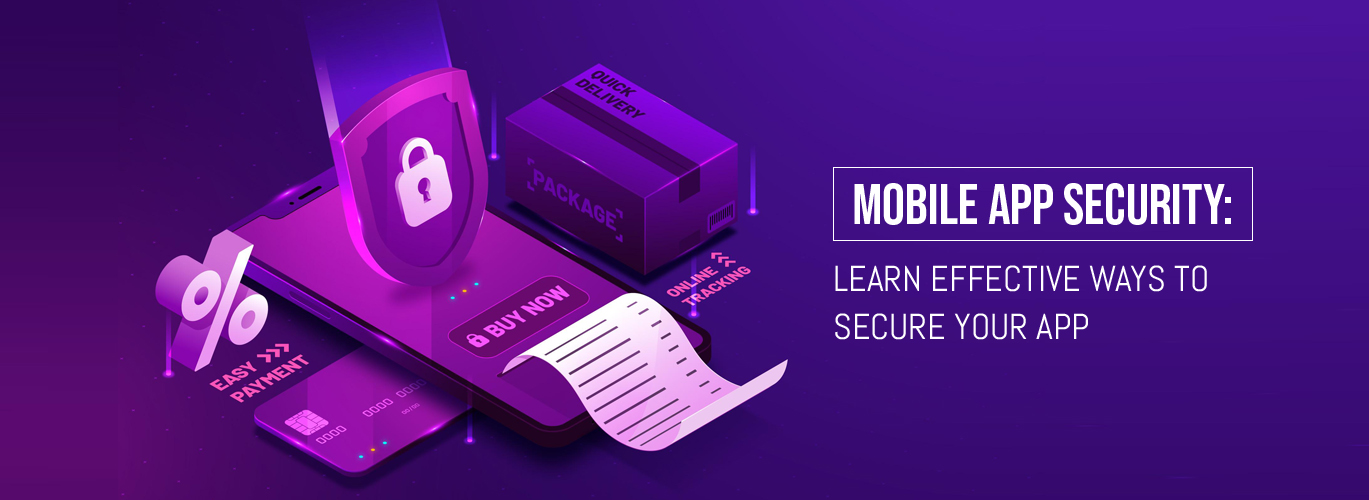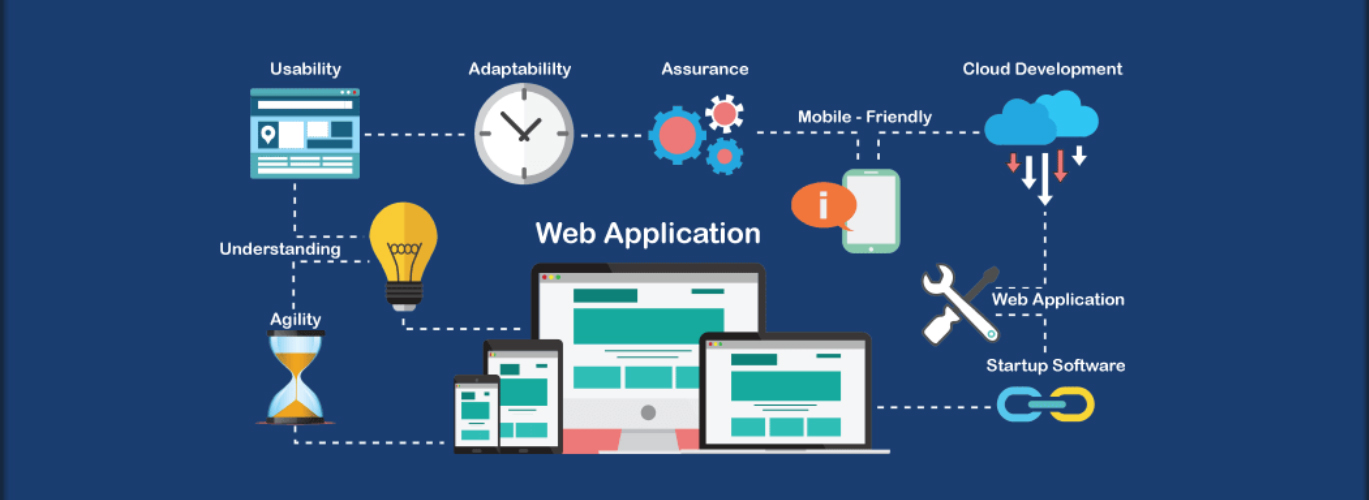This surely has to happen under a well-engineered security or companies might risk their apps, their own system, their customers’ information, and their reputations. Because hackers aren’t far behind.
Mobile devices and apps are big targets for malicious activity. Security has always been an important matter for businesses. And this matter is even greater when it comes to mobile apps.
What is Mobile app security?
Mobile app security is the method to find and test the mobile apps and make sure it is protected from many attacks. It is the process to secure mobile applications from external threats preventing the ability of hackers to get highly sensitive user data. Businesses must ensure that they are not an easy target to the hackers and providently work following the mobile app security standards.
What do Hackers Do?
They may do many unauthorized things like, interfere with the application code, develop a hoax app containing malware, doing identity theft with the user data, grabbing passcodes, storing keystrokes, stealing intellectual properties, stealing business assets, accessing your IP and launching harmful attacks. While architecting secure mobile apps, they should inject and meet the security standards to beat the malicious intention of the hackers.
Tips for better mobile application security
Encrypt Mobile Communications
With risks like snooping and man-in-the-middle attacks over cellular networks and WiFi, it should ensure that all communications between mobile apps and app servers are encrypted.
Powerful encryption that leverages 4096-bit SSL keys and session-based key exchanges can stop even the most wishful hackers from decrypting communications.
Other than encrypting traffic, it should confirm that data at rest—the sensitive data stored on users’ phones—is also encrypted. For ultra-sensitive data, it might want to stop data from ever being downloaded to the end user device at all.
Protect from Device Theft
Millions of mobile devices are lost or stolen every year. To make sure sensitive data does not end up in the wrong hands, it must provide a way to remotely wipe sensitive data or ensure data is never stored on mobile devices in the first place.
It should lock or wipe corporate information while leaving personal apps and files intact for employee-owned devices. While the device is found or replaced, it must be able to quickly restore users’ apps and data.
Not Saving Passwords
A lot of apps request users to save passwords as to avoid them from continuously entering the login credentials. While taking the case of mobile theft, these passwords can be harvested to attain access to personal information. Likewise, if the password is saved in an unencrypted format, the probablity of them being harvested are more. To avoid this from happening, developers should refrain from saving passwords on mobile devices. Other than that, they should be saved on the app server, so that the affected users can change them by logging on to the server even if the mobile device is missing.
Minimal Application Permissions
Permissions give applications the power and freedom to operate more productively. But, even so, they make apps vulnerable to hackers’ attacks. No application must search for permission requests beyond its functional area. Developers must stop recycling their existing libraries but develop new ones that selectively seek permission.
Try Writing a Secure Code
Bugs and vulnerabilities in a code are the beginning where most of the attackers use to break into an application. They will attempt to reverse engineer your code and interfere with it, and all they require is a public copy of your app for it. Research depicts that malicious code is affecting over 11.6 million mobile devices at any given time.
Maintain the security of your code in mind from the day one and harden your code, making it difficult to break through. Obfuscate and minify your code so it will not be able to reverse engineered. Test thoroughly and fix bugs as and when they are exposed. Design your code so it gets simple to update and patch. Ensure you keep your code agile so it can be updated at the user end post a breach. Utilise code hardening and code signing.
Make use of the Best Cryptography Tools and Techniques
Key management is very important if your encryption efforts have to pay off. Try to Never hard code your keys as that makes it smooth for the attackers to steal them. Keep keys in secure containers and never ever store them locally on the device. Some widely recognized cryptographic protocols like MD5 and SHA1 have confirmed insufficient by modern security standards. Look forward to the latest, most trusted APIs, like 256-bit AES encryption with SHA-256 for hashing.
Repeatedly Test
Securing your app is a never ending process. More and more threats emerge and new solutions are required for these threats. To continuously test your apps for vulnerabilities invest in penetration testing, threat modeling, and emulators. Fix them with every update and issue patches when needed.
The future ahead will see everyone from organizations to consumers taking security more seriously than ever. Security will become a bigger differentiator in the success of apps than usability and aesthetic appeal.
This article will help you keep your app security tight and keep your clients and users happy.






